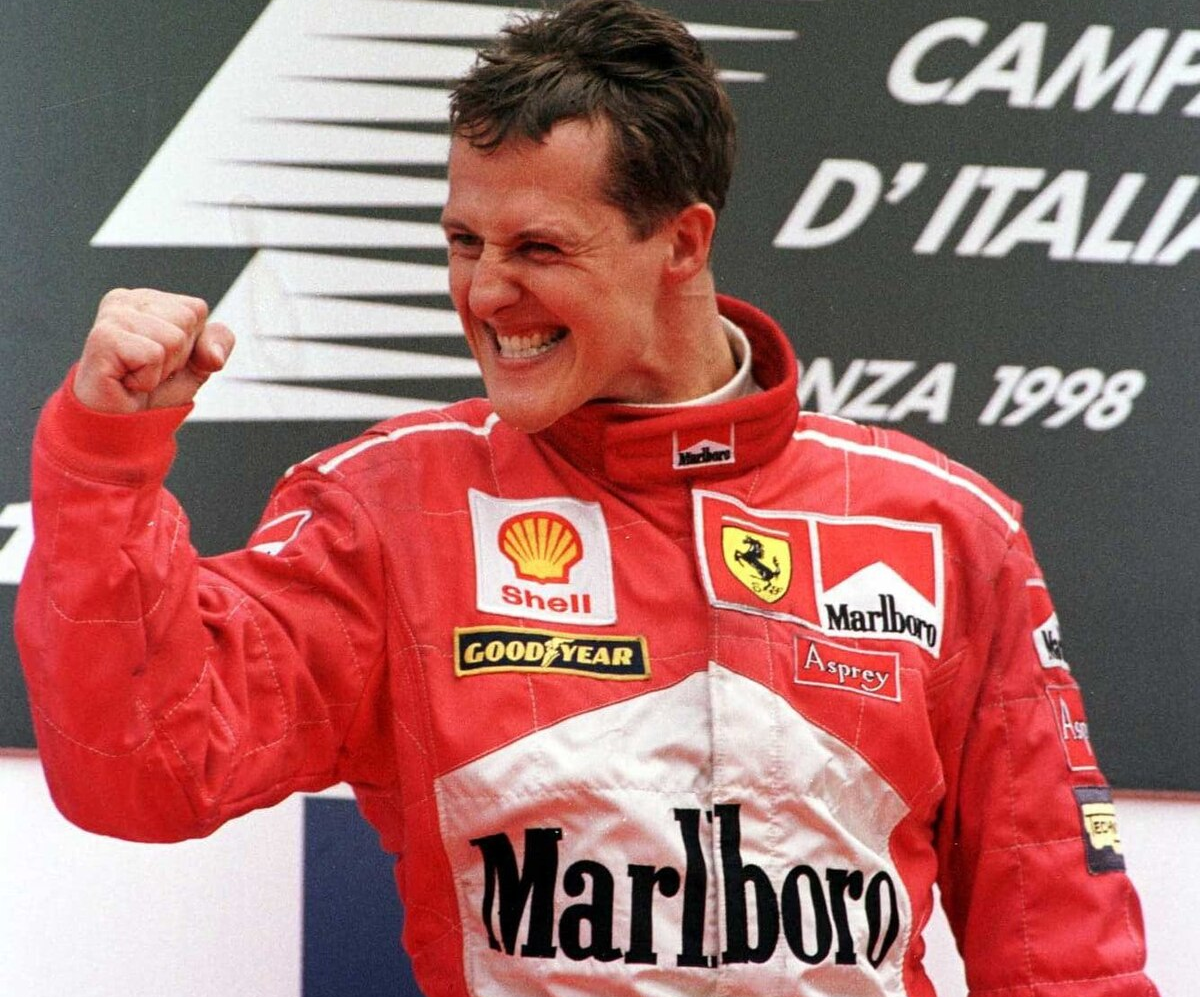Interview with former Formula 1 world champion Mario Andretti for auto-motor-und-sport.de on what provided idea for ground effect F1 cars back in the 1970s
This year, Formula 1 is betting on cars with the Venturi concept. 44 years ago, Lotus drove the competition to the wall with ground effect cars. World champion Mario Andretti remembers the cars and he reveals: someone else had the idea.
How did Lotus’ first ground effect car come about?
Mario Andretti: The idea came out of my experience with the March 701 from 1970. Its sidepods looked like wings. During a test at Kyalami, we took the sidepods off to reduce drag. Suddenly, the car became light in the front. Which showed us that the sidepods were obviously producing downforce. We had to go with a lot more wing in the front to compensate, but that counteracted our plan because we wanted to save drag.
At the end of the 1976 season, we met at the Lotus factory in Hethel to talk about next year’s car. The engineers wanted to know from me what I would like. I told them that as a driver you would like to have downforce without paying a price for it. They laughed and said, yes, everyone wants that. Then I told them the story about March’s side boxes. They obviously produced downforce without increasing the frontal area of the car. We then talked it through.
The March’s sidepods were relatively short. Colin Chapman came up with the suggestion that we build a big side box the full length of the wheelbase and seal it to the road to direct the air onto the wing profile. So the first Groundeffect car was not a brilliant idea, but the evolution of an idea March had many years before. Of course, no one ever said anything about that. They didn’t want to give March any credit, after all.
The March 701 was the first car to have a wing profile on the sidepods. But the engineers didn’t understand their own concept at the time.
What happened next?
Mario Andretti: During a test at Hockenheim, I noticed in the fast east corner that I suddenly gained a lot more downforce in the middle of the corner. I increased the speed step by step, and it became more and more. That’s when we realized that the closer the edges of the sidepods would be to the road, the better the effect would be. Colin sent a mechanic out to buy plastic strips at a store. We mounted those to the bottom of the side boxes. When I went out I was a second and a half faster in one fell swoop.
Show your support for Scuderia Ferrari with official merchandise collection! Click here to enter the F1 online Store and shop securely! And also get your F1 tickets for every race with VIP hospitality and unparalleled insider access. Click here for the best offers to support Charles and Lewis from the track!
Unfortunately, the plastic skirts were worn down after two laps. So for two or three races we used brushes instead, which sealed off to the roads. That wasn’t as efficient, of course. Since there were no rolling-bottom wind tunnels back then, we made do with photos. Colin commissioned David Phipps to take photos in the corners to see what path the air might take when cornering. From that, we came up with the idea of moving skirts. This kept the suction effect constant. Later, the first wind tunnels with rolling floors appeared and we put in a 1:25 model. That’s when we finally understood what was going on.
That’s how the Lotus 79 came about?
Mario: Andretti: Yes, exactly. We then optimized the diffuser and the ground clearance for this principle. The two ducts in the sidepods were consistently freed up to get a clean flow through the whole car. The rear brakes, for example, were already mounted inside, but they were still too much in the airflow on the 78 Lotus. On the ’79 Lotus, Colin mounted the calipers right on the transmission case.
But that created a different problem. The heat from the transmission radiated onto the brakes and caused the brake fluid to boil. Especially at the beginning of the races, when there was still a lot of fuel on board and therefore the car was heavy. I was constantly getting brake problems. On the debut of the Lotus 79 in Belgium, I had to pump all the time to have any braking effect. I still managed to win. Colin wouldn’t hear of it. He was deaf in that ear. The main thing was that we had the fastest car.
How much better was the Lotus 79 than its predecessor?
Mario Andretti: To be honest, I almost preferred the Lotus 78. At least it had functioning brakes. The Lotus 79 was more aerodynamically tidy. The car produced more downforce. That’s why we were able to use smaller wings. That’s why it was also faster on the straights. That was our big weakness in 1977.
Did these groundeffect cars require a different driving style?
Mario Andretti: We had to adapt. But it wasn’t any more difficult. As with any car, the balance had to be right. If it’s right, you drive as fast as the car will go. I guarantee that the new 2022 cars will feel different to the drivers at the beginning. But otherwise, everything will stay the same. They will try to balance the car optimally for themselves.
With a groundeffect car, downforce comes with speed. How hard was it to gain confidence that the car would actually stick to the road?
Mario Andretti: You just have to believe in it. The more downforce a car gives you, the harder it is to correct if the downforce ever breaks off. It’s not something that happens slowly. Especially in fast corners, you either drive like you’re on rails or you fly off. If the car isn’t properly pushed once, all the downforce abruptly collapses.
Can the concept of the 2022 cars work?
Mario Andretti: As far as I understand it, these cars are supposed to radiate less turbulence to the rear so you can chase better. The idea is to generate more downforce under the car to reduce the areas above that produce bad air. That’s why I couldn’t understand Formula 1 going to wider cars and wings a few years ago. That increased turbulence and they were even more dependent on DRS. Now they are rightly going the other way. But I don’t dare predict whether that will be enough for the drivers to stay close to the car in front in the corners again. If it were 30 percent better, that would already be progress.
What was it like back then when all the teams switched to ground effect cars?
Mario Andretti: It was certainly easier. The groundeffect created under the car didn’t produce any extra turbulence.
Why didn’t the follow-up model, the Lotus 80, work out?
Mario Andretti: The more downforce we found, the more we reached our limits with the torsional stiffness of the chassis. I kept telling Colin that we needed a stiffer car so we could also run stiffer springs. I even gave him an example. In Jarama there were high curbs. If you wanted to be fast, you had to go over them.
The Lotus 80 was a good car as long as you stayed away from the curbs. But when I drove over them, the whole chassis twisted. And if we made the car a little stiffer at one end, the problem came back at the other end. Our diffuser was so light that it bent at high pressures. The Lotus 80 would only have worked if the whole concept had been designed for more stiffness.
Chapman wouldn’t hear of it because a stiffer chassis would have meant more weight. And he wanted to avoid that at all costs. That’s why the others overtook us with their copies. Williams did the best job in that respect in 1979. And they had the fastest car.
One of the biggest concerns of the drivers was that the aprons got stuck. Did that happen to you, too?
Mario Andretti: Yes, a couple of times. You had to be incredibly careful on the curbs. Too much over, and the aprons were off. Bad for me. I always liked to drive over them. I had to change my line. That was a bit of a sacrifice.
The ground effect cars were allowed until 1982. How have they changed over the years?
Mario Andretti: The downforce reached dimensions that it was almost ridiculous. In 1982, the profiles of the front wings were even reversed. Engineers made the diffuser steeper and steeper to accelerate the speed of the air under the car. As a result, the center of pressure moved further and further forward. That’s why you had to create lift with the front wing to counteract it. The downforce was so huge that every accident was a big accident. A little bit over the limit, and you didn’t have a chance to correct. It somehow didn’t feel right anymore. Confidence was everything. That’s why, in the end, you had to trim back the diffuser a bit to make the cars more drivable again. So the driver was no longer just a passenger.












.png)

Leave a Reply